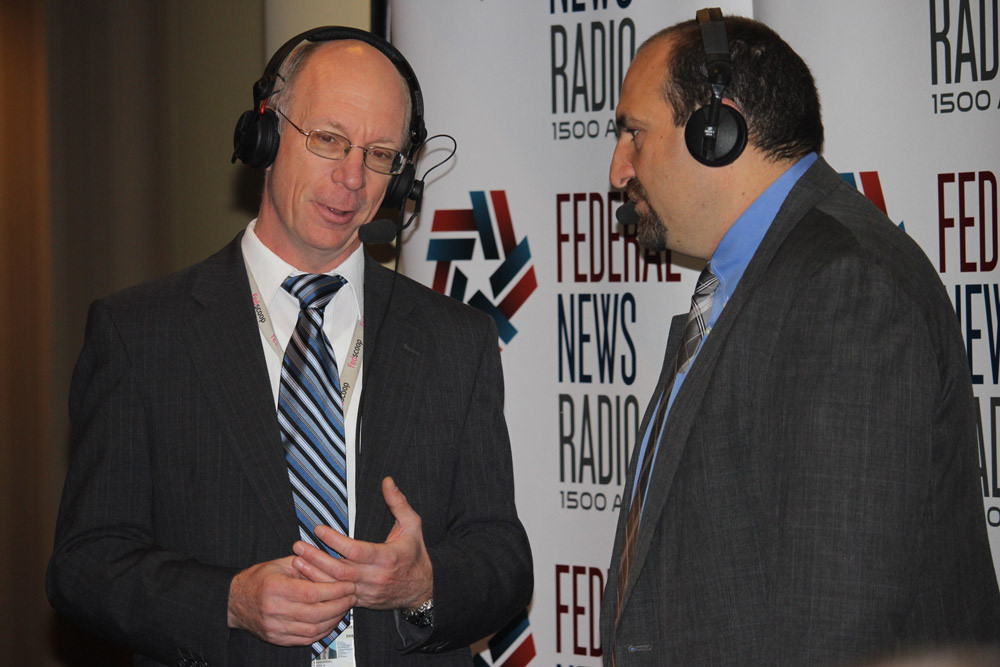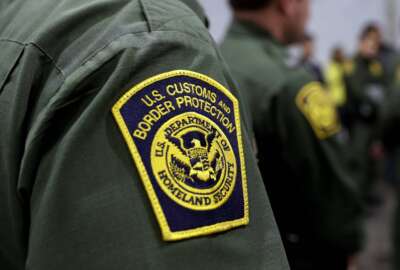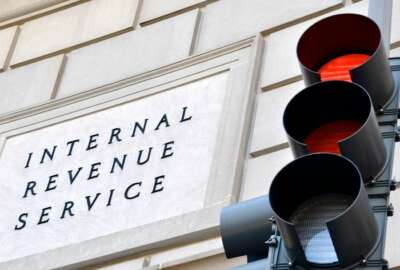Customs and Border Protection expands use of facial recognition
As of July, facial recognition technology is scanning departing travelers in 32 airports and all arriving air travelers.
Customs and Border Protection is making progress testing and deploying their facial recognition technology at air, sea and land ports across the country. CBP is using the technology to scan travelers at 26 seaports and 159 land-ports and airports across the country, the Government Accountability Office told the House Committee on Homeland Security hearing on July 27.
CBP installed facial recognition technology to biometrically confirm travelers’ identities for all arriving and departing travelers. As of July, the technology is scanning departing travelers in 32 airports and all arriving air travelers, Rebecca Gambler, GAO’s director of Homeland Security and Justice Team, told the committee.
In 2020, GAO analyzed CBP’s roll out and made recommendations to improve privacy in the program. The report found CBP had taken steps to protect travelers’ privacy by prohibiting airlines from storing or using travelers’ photos for their own purposes.
GAO, however, suggested CBP ensure privacy notices are complete and available at all locations using facial recognition technology. Complete notices provided travelers with information about where CBP is using the technology and how American citizen travelers can request to opt out of the screening.
During the time of the initial report in 2020, CBP did not always post the signs. In her testimony, Gambler said as of July, CBP has ensured that privacy notices contain complete information but has not distributed signs to all locations where facial recognition technology is used.
Jeramie Scott, the director for the project on surveillance oversight at the Electronic Privacy Information Center, said there are a number of concerns about privacy regardless of the signs. Scott said the technology is a threat to constitutionally protected rights of privacy, the possibility of expanding the program for surveillance and data breaches.
“The ongoing expansion of CBP’s facial recognition system creates a powerful and dangerous tool of surveillance for the federal government,” Scott said. “CBP has access to millions of passport and visa photos held by the State Department, in addition to the millions of photos the Department of Homeland Security holds in its biometric database. The facial recognition system CBP is a cloud based system that can easily be connected to additional sources of photos.”
He said regulations to end or limit the biometric entry-exit’s use of facial recognition technology so the program doesn’t continue to expand beyond its intended purpose are required.
“Even if a U.S. citizen is able to opt out of facial recognition, there is no way for that person to opt out having their photo obtained by CBP from the State Department used as part of the facial recognition photo galleries created for the biometric entry-exit program,” Scott said.
This is particularly important after a CBP subcontractor’s data breach exposed 184,000 images of travelers from the biometric entry-exit program, Scott said.
Daniel Tanciar, a former CBP officer and the chief innovation officer at Pangiam — a company using computer vision and face recognition technology to define people and goods’ movements — said if a traveler chooses to opt out of the process then CBP can use a more traditional means of identity verification occur using similar facial recognition, like swiping the passport and or scanning the boarding card.
“Whether it be a U.S. citizen, a person visiting the United States, you have to either have a passport in which you submit a photograph to the State Department for, or you apply for a VISA, which you also submit that to the State Department, and that information is available to CBP,” Tanciar said.
In order to ensure traveler’s private information is not being used by commercial partners, CBP conducts audits to assess compliance. As of July, CBP announced it conducted five assessments and is in the process of conducting three more.
GAO updated their recommendation to suggest CBP audit other partners who have access to personally identifiable information, including partners at land and sea ports.
CBP did consider other biometric technologies before choosing to move forward with facial recognition technology, including fingerprinting and iris scans.
Tanciar said the scanners can save time when traveling and cut down lines.
“One airline’s biometric exit pilot demonstrated that facial recognition could save up to nine minutes of boarding per flight, and another airline was able to board an E-380 Double Decker aircraft in about 20 minutes,” Tanciar said.
Nicol Turner Lee, director of the Center for Technology Innovation at the Brookings Institution, said she has concerns that facial recognition technology will disproportionately harm minority communities.
Chairwoman Nanette Barragán (D-Calif.) echoed the sentiment.
“In 2019, a National Institute of Standards and Technology report found Asian and African American faces were 10 to 100 times more likely to be misidentified than white faces,” Barragan said
The report also found that children and older people are more likely to be misidentified than middle aged people and women are more likely to be misidentified than men.
Tanciar said while facial recognition technology is used to verify identity, “CBP officers make the final determination of identity. This technology is just one tool in a variety of others that CBP officers use in their mission.”
CBP announced earlier this month it is changing one of the original goals it set for the technology. The agency is removing the goal to capture 97% of traveler’s photos. This is because participation in the facial recognition program is voluntary for American citizens.
Copyright © 2025 Federal News Network. All rights reserved. This website is not intended for users located within the European Economic Area.
Abigail Russ is an intern with Federal News Network.






